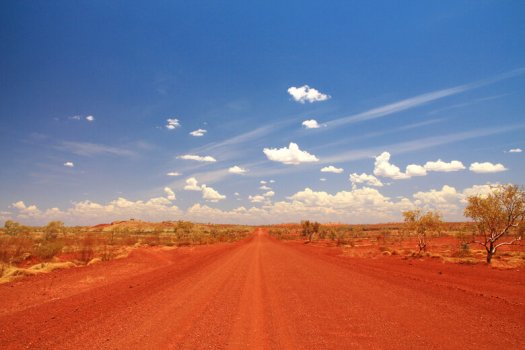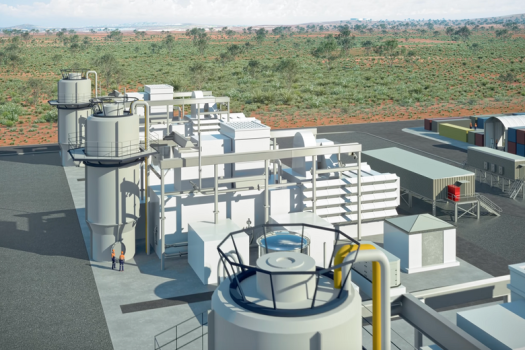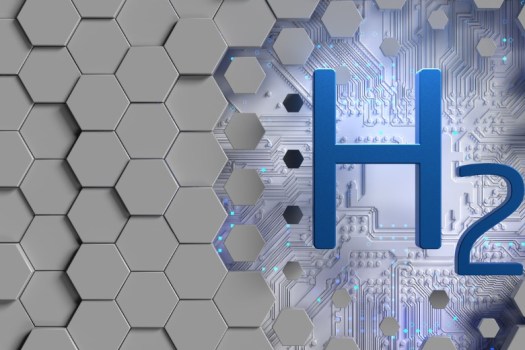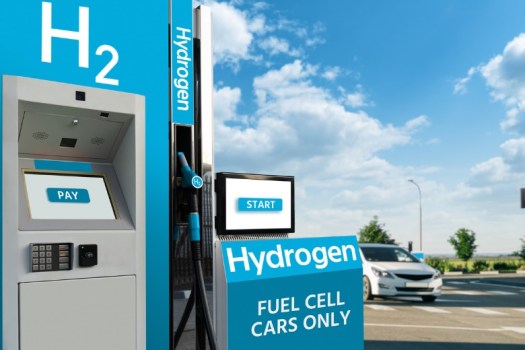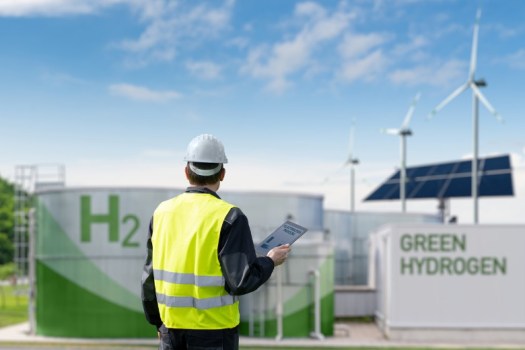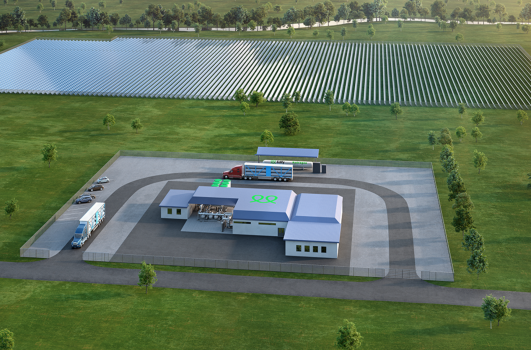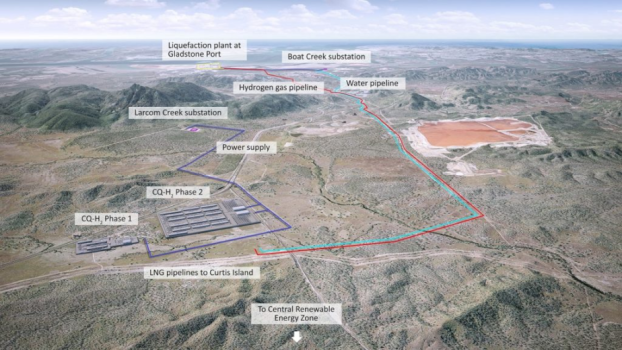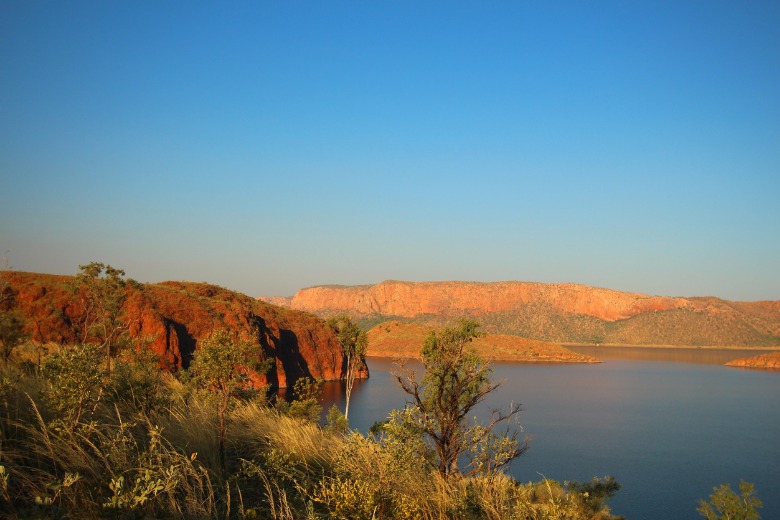
Traditional owners will be major shareholders in a plan to develop what will be one of the world’s largest hydrogen and ammonia production facilities in northern WA.
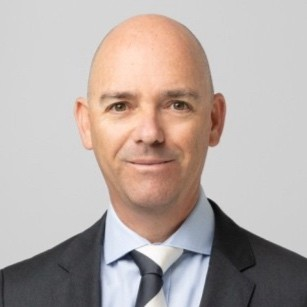
ARENA on Tuesday announced a $1.7 million grant to the Aboriginal Clean Energy Partnership (ACEP) to support a feasibility study for the East Kimberley Clean Energy and Hydrogen Project.
ACEP was formed in 2022 as a joint venture between native title representative holders Yawoorroong Miriuwung Gajerrong Yirrgeb Noong Dawang Corporation (MG Corporation), Balanggarra Ventures Ltd (Balanggarra), and Kimberley Land Council Aboriginal Corporation (KLC) as well as climate change advisory and investment firm Pollination.
ARENA says the Phase 1 study is an important step in progressing the development, which plans to generate large scale renewable energy, renewable hydrogen and renewable ammonia from the Kimberley region for export.
The project is designed to utilise existing infrastructure in the region, including the Port of Wyndham, and will see a 2,000-hectare solar farm developed on MG Corporation freehold land near Kununurra.
Leadership role for traditional owners
The project aims to bring traditional owners onboard as shareholders as the government scales up renewable hydrogen production in Western Australia, ARENA says.
ACEP will oversee project development, which will be First Nations owned during the design phase.
ARENA CEO Darren Miller said the project aims to demonstrate how First Nations groups can take a leadership role in the energy transition.
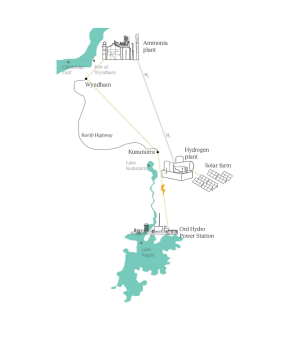
“The energy transition and a global hydrogen race are well underway,” Mr Miller said in a statement on March 19.
“ARENA is working with ACEP to explore how First Nations communities can have a greater say and a greater stake in Australia’s renewable hydrogen ambitions.
“This project will pave the way for First Nations-led renewable energy developments and ARENA will be working to ensure the lessons we learn from East Kimberley inform future projects.”
MG Corp Executive Chair Lawford Benning said the initiative provided opportunities for Traditional Owners.
“The Miriuwung, Gajerrong and Balanggarra people in partnership with the Kimberley Land Council and Pollination will participate in the transition of a greener and cleaner way of working, utilising our own natural resources here in the East Kimberley,” he said in a statement.
National significance
Pollination’s Head of Projects Rob Grant said the partnership would significantly de-risk the project and make it more attractive for investment.
“ARENA’s show of confidence in the project and the partnership is an important step for progressing what will be a development of national significance,” he said.
Phase 1 of the feasibility study will commence immediately and is due to be complete in 5 months.
If proven feasible, the proposed facility will consist of approximately 1,000 MW of solar generation, as well 850 MW of electrolysis capacity on MG Corporation land to produce 50,000 tonnes per annum of renewable hydrogen.
The hydrogen would then be transported by underground pipeline to Balanggarra Country in Wyndham and combined with existing hydropower from the Ord Hydro power station to produce around 250,000 tonnes per annum of renewable ammonia for export from Wyndham Port to key trade partners in Asia, as well as for domestic use.
The facility will have an estimated capital cost in the range of $2.7-3.2 billion.
Comment below to have your say on this story.
If you have a news story or tip-off, get in touch at editorial@governmentnews.com.au.
Sign up to the Government News newsletter
